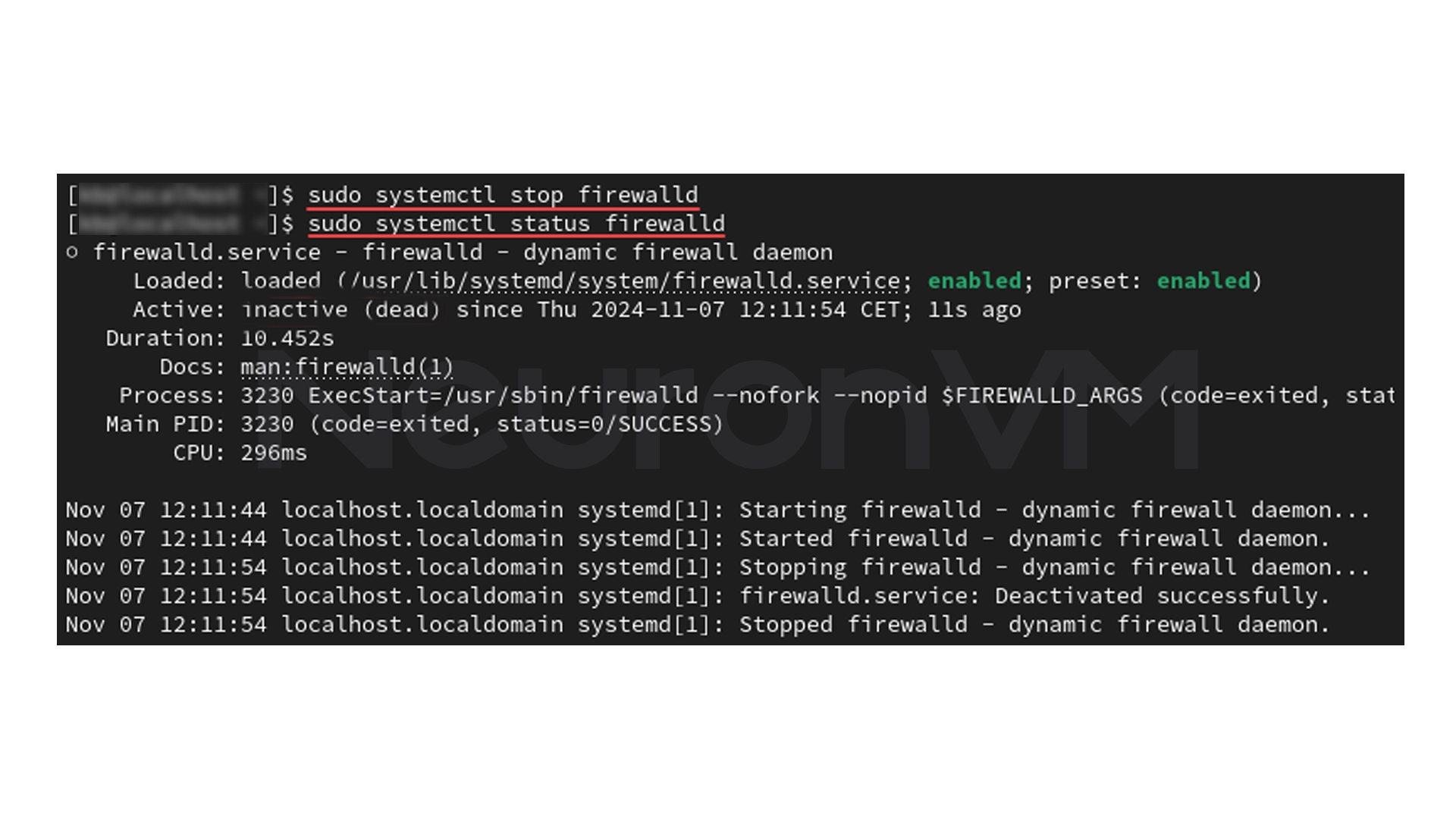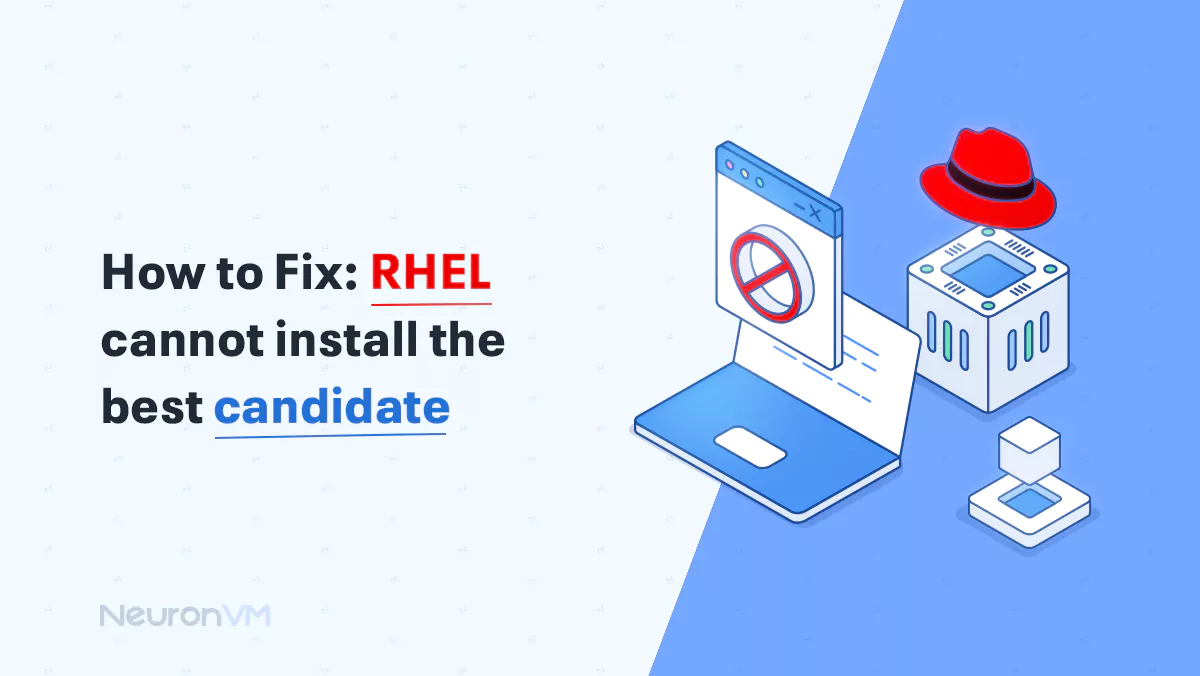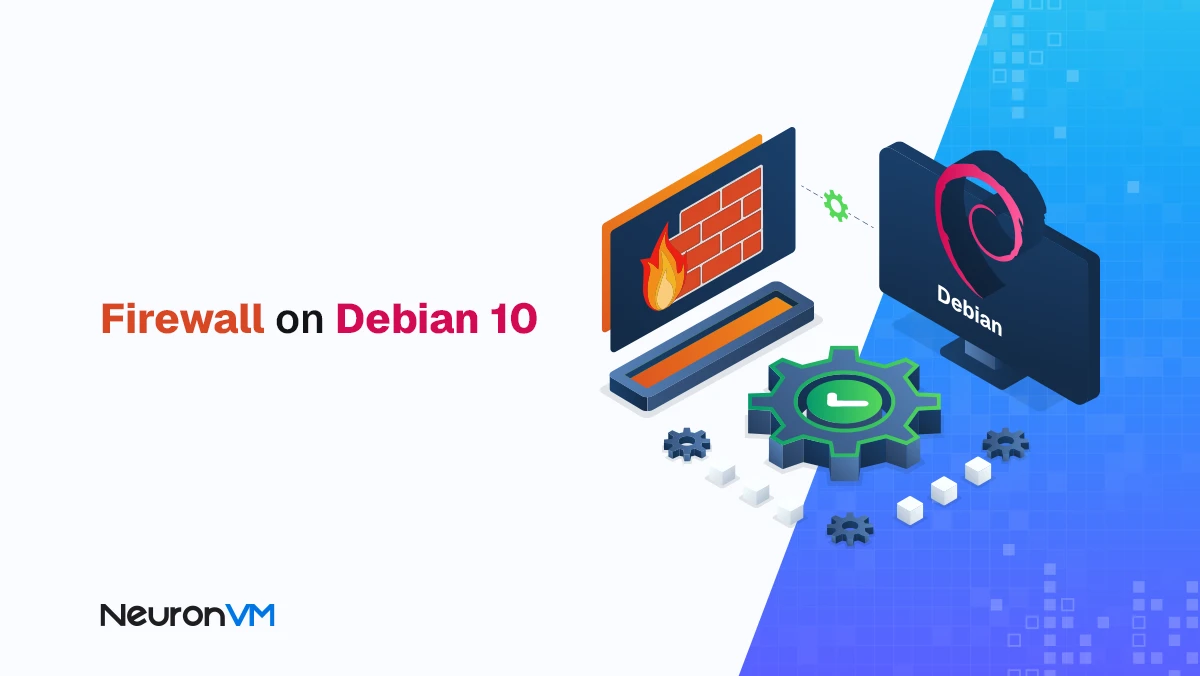How to Safely Disable Firewall on CentOS 7 (Step-by-Step)

 8m
8m
 0 comments
0 comments
Sometimes when working with CentOS 7 servers, you may want to disable the firewall to test a new service or troubleshoot a simple problem.
Firewalld is enabled by default and its job is to block unwanted connections, but sometimes this protection can cause problems, for example, when you want to open a specific port or check a new service. I’ve been in this situation many times myself, especially when I’ve just uploaded a project to the server and no connections work. That’s when I realized that I don’t have to be afraid of the firewall, I just need to know how to temporarily disable it and then re-enable it. In this article, you’ll learn step by step how to safely disable the CentOS 7 firewall without compromising the overall security of the system. All the steps are simple and practical, and in the end, you’ll learn how to balance security and performance, just like a professional system administrator.
Step 1: Check the Firewall Status
Before you stop the firewall, it is better to know its current status. To do this, open a terminal and run the following command
sudo systemctl status firewalld

Executing this command will display the current status of the firewall service. If you see the phrase active running, it means the firewall is running, and if it is inactive, it means the firewall has already been disabled. Knowing the initial status will help you understand where you are.
Step 2: Stop the Firewall Service
Now it is time to stop the firewall service. To do this, enter the following command
sudo systemctl stop firewalld
This command will immediately stop the firewall. To make sure it is disabled, run the status check command again
sudo systemctl status firewalld

If the output shows inactive dead, it means that the firewall is no longer active, and server connections are being made without restrictions.
Step 3: Disable Firewall at Boot
The Firewalld service is automatically enabled after each system boot, if you don’t want this to happen, just run the following command quickly:
sudo systemctl disable firewalld
The previous command stops the firewall from starting at boot time, to be sure, you can check its status:
sudo systemctl is-enabled firewalld
If your result is disabled, your firewall will no longer start automatically.
Step 4: Make sure the firewall is completely disabled
To make sure that the firewall is really disabled, you can easily test one of the services that was previously blocked. For example, if a specific port was previously closed, now try to connect to it. If you have a stable internet connection, the firewall has been properly disabled.
hs
Why Firewall Management Is Important?
Many Linux users think of the firewall as just an annoying obstacle, but the truth is that Firewalld is one of the most flexible security tools in CentOS. Instead of always turning it off, you can use features like Zones or Rules to allow only the access you need. Learning how to turn off the firewall is important, but understanding when and why you should do it is even more important. In real server management, the difference between a novice user and a professional administrator is this:
“Balancing access and security.”
Some tips to increase security
- Before turning off your firewall, save its current state.
- Do this only in a test environment, not on your main server.
- Only open essential ports if necessary.
- Document any changes you make so you can easily revert them.
- Be sure to re-enable your firewall when you’re done.
These few simple habits will keep your server’s security at an acceptable level.
My Experience with Disabling the Firewall on CentOS
The first time I worked with CentOS and installed Apache and MySQL, my site wouldn’t load. All the settings were correct, but I wasn’t getting any response from the server, then I realized that the firewall was blocking port 80, and as soon as I stopped the service with the stop firewalld command, the site was up, since then, I have always checked the status of the firewall before doing anything, Now, instead of turning it off completely, I just add the necessary rules to both maintain security and make the services work properly.
Conclusion
In this tutorial, you saw that with a few simple commands, you can check, stop, and prevent the CentOS 7 firewall from running automatically. But don’t forget that this should only be done temporarily, because the firewall is one of the main security shields of your system. If you work a lot with Linux servers, I suggest that you learn how to manage rules and zones instead of turning off the firewall completely. This way, you will always strike a professional balance between security and performance, just like an experienced server administrator.
You can check if the firewall service is enabled or not by checking the status. If it is enabled, the system will block some connections.
Just stop the firewall service. It will be enabled again after the system restarts.
By disabling the firewall from automatically running at boot time, it will no longer start after each system reboot.
Not permanently, as it will lower the security of the server. Only do it temporarily for testing or troubleshooting, and then re-enable it.
You might like it

Linux Tutorials
How to Fix: Rhel cannot install the best candidate

Linux Tutorials
How to Install Purpur on Minecraft

How to Install Grafana on Debian 11 and Use It Like a Pro




